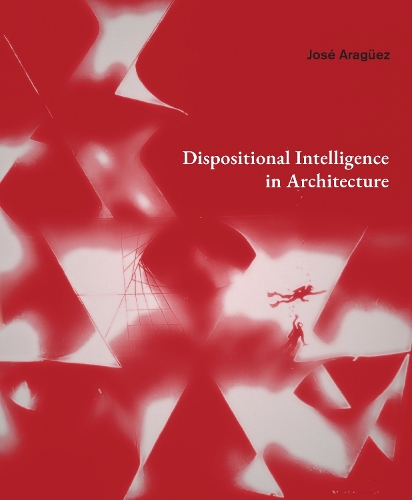
Dispositional Intelligence in Architecture
(Hardback)
Publishing Details
Dispositional Intelligence in Architecture
By (Author) Jose Araguez
Actar Publishers
Actar Publishers
20th August 2025
United States
Classifications
General
Non Fiction
Individual architects and architectural firms
Architecture
720.1
Physical Properties
Hardback
288
Width 150mm, Height 250mm
Description
Dispositional Intelligence proposes a contemporary theory of spatial organization in architecture through original research into a particular kind of hybrid design productioninherently architectural yet strongly driven by modes of intellection traditionally associated with engineeringwhich surfaced between the mid-1950s and the mid-2000s.
Three highly important yet radically overlooked bodies of work are examined here: those of the Italian architect and artist Vittorio Giorgini (19262010), the Israeli architect, engineer, and geometer Michal Burt (b. 1937), and Sri-Lankan-born, London-based engineer and theorist Cecil Balmond (b. 1943). Giorgini was a trailblazer in incorporating surface topology into architectural thinking with a considerable level of scientific self-awareness. Burts body of work proves to be one of the earliest, most thoroughgoing investigations into the discovery and visualization of three-dimensional models for the subdivision of space based on patterns of configurational continuity. Balmond pioneered the translation of aspects of nonlinearity into design moves of significant architectural consequence as well as the application of design frameworks thus initiated to the conception of entire buildings.
By combining granular historical analysis of these bodies of work with advanced theoretical investigation, this volume substantially expands the distinct dispositional possibilities for architecture enabled by the deep scientization of design that unfolded across the West over the course of the second half of the twentieth century and the beginning of the twenty-first. In so doing, it addresses the urgent need to extend the boundaries of architectural thinking in a fundamental fashionbeyond conventional models of three-dimensional articulationand it contributes not only a new mode of thought to the history of architecture, but also novel critical and design frameworks to todays discourse and practice culture.
Author Bio
Jos Aragez is a licensed practicing architect, writer, and educator based in Paris. He teaches at Yale University, having previously led graduate studios and seminars at Columbia University GSAPP from 2013-20, and having held the 2020-21 H. Deane Pearce Endowed Chair at Texas Tech. Aragez obtained a PhD in the History and Theory of Architecture from Princeton University. Earlier he graduated with a Master of Architecture and Urbanism from the University of Granada, Spain (Honorable Mention, University Graduation Extraordinary Award, and 1st National Prize in Architecture) and, from Columbia GSAPP, with a post-professional Master's degree (Honor Award for Excellence in Design) and a Graduate Certificate in Advanced Architectural Research. Aragez has lectured extensively across Europe and North America--including most of the top schools--in addition to the Middle East and Japan. Besides Columbia and Texas Tech, he has taught at Cornell, Princeton, Penn, Rice University in Paris, and University of Granada.
